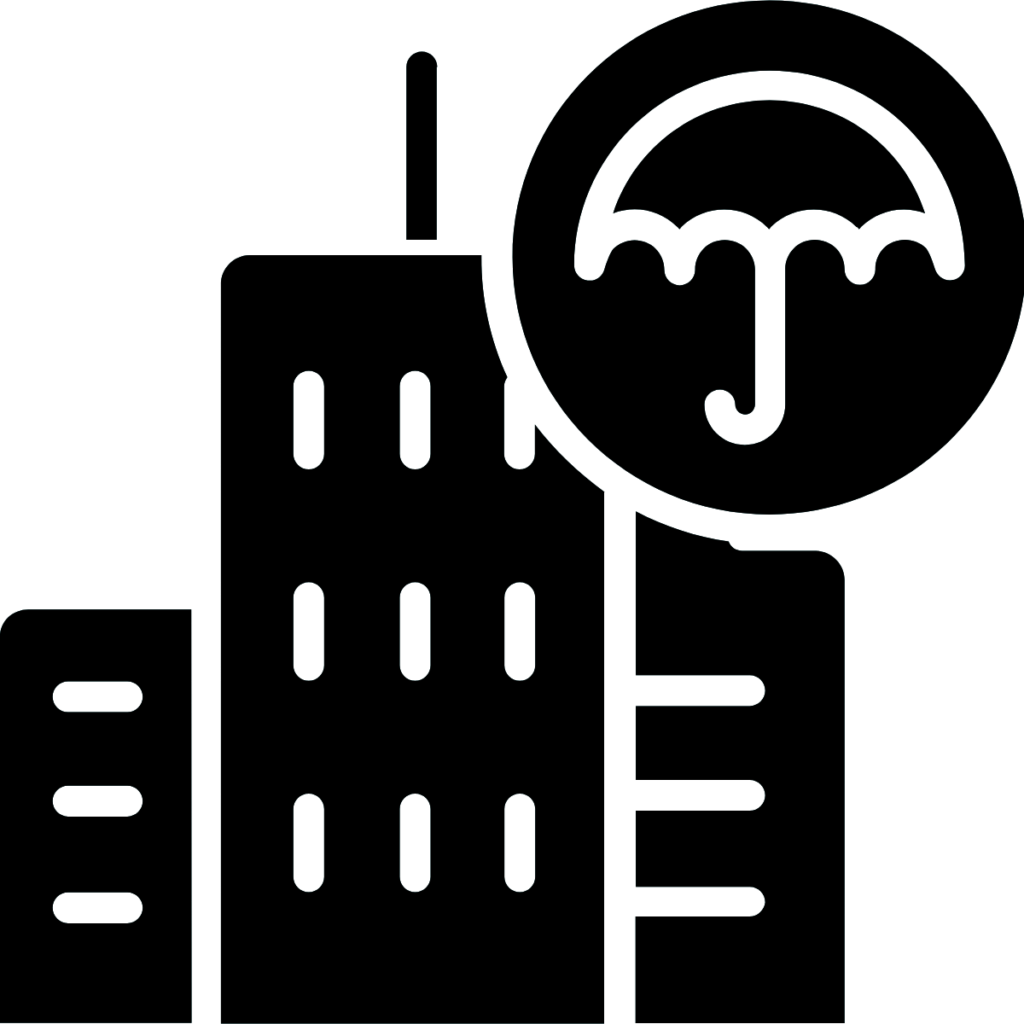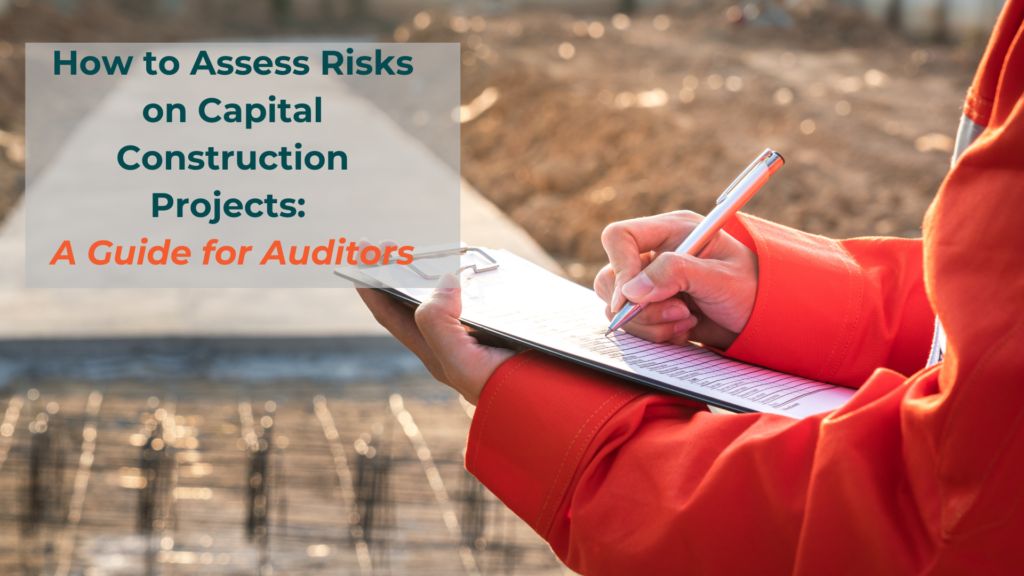
Insurance is a critical component of risk management in commercial construction projects. Understanding the various types of insurance policies, who typically pays for them, the benefits of self-insuring, how insurance rates are calculated, and who ultimately bears the risk can help project owners and contractors navigate the complexities of construction insurance.
Overview of Different Types of Insurance Policies
The responsibility for purchasing and maintaining insurance policies can vary based on the contract and agreements between the parties involved. We outlined typical arrangements, but encourage you to reference your specific contract:
- Builder’s Risk Insurance: Typically purchased by the property owner or the general contractor.
- General Liability Insurance: Usually the responsibility of the general contractor.
- Workers’ Compensation Insurance: Paid for by the employer, which could be the general contractor or subcontractors.
- Professional Liability Insurance: Typically carried by architects, engineers, and other professional service providers.
- Commercial Auto Insurance: Purchased by the entity that owns the vehicles, often the general contractor.
- Pollution Liability Insurance: Can be purchased by either the property owner or the contractor, depending on the project.
- Subcontractor Default Insurance: Generally purchased by the general contractor.
- Wrap-Up Insurance: The project owner or general contractor may purchase this policy, covering all parties involved.
Who Typically Pays for Each Insurance Policy
In commercial construction, several types of insurance policies are commonly used to mitigate risks:
- Builder’s Risk Insurance: Covers buildings and structures under construction, including materials and equipment on-site, in transit, or at other locations.
- General Liability Insurance: Protects against third-party claims for bodily injury, property damage, and advertising injury.
- Workers’ Compensation Insurance: Provides coverage for medical expenses and lost wages for employees injured on the job.
- Professional Liability Insurance: Also known as Errors & Omissions (E&O) insurance, it covers claims arising from professional services, such as design errors.
- Commercial Auto Insurance: Covers vehicles used in the course of business, including accidents and damage.
- Pollution Liability Insurance: Protects against claims related to environmental damage and pollution.
- Subcontractor Default Insurance: Covers losses resulting from a subcontractor’s failure to perform.
- Wrap-Up Insurance: A single policy covering all parties involved in a project, typically used for large projects.
Benefits of Self-Insuring
Self-insurance involves setting aside financial resources to cover potential losses instead of purchasing traditional insurance policies. Benefits include:
- Cost Savings: Eliminates premium expenses and allows funds to be redirected into operational improvements.
- Control Over Claims: Tailors the claims process to the company’s specific needs and risk profiles.
- Financial Resilience: Promotes a proactive approach to risk management and financial stability.

Tip
Ensuring that insurance coverages and amounts billed are reasonable and supported is crucial for protecting the interests of both the project owner and the contractor. By requesting certificates of insurance, reviewing policy details, comparing costs, and conducting regular audits, consultants can help mitigate risks and ensure comprehensive protection throughout the construction project.
Don’t overlook this critical step—it’s your safeguard against unexpected financial and legal liabilities.
How Insurance Rates Are Calculated
Insurance rates for construction projects are determined based on several factors:
- Project Value: The total cost of the project is a primary factor.
- Construction Period: The duration of the project affects the risk exposure.
- Risk Level: The type of construction, location, and specific risks associated with the project.
- Loss History: The claims history of the contractor or project owner.
- Coverage Limits: Higher coverage limits result in higher premiums.
Who is Ultimately at Risk

Despite comprehensive insurance coverage, the project owner often bears significant risk:
- Financial Exposure: Owners may face financial losses if insurance coverage is insufficient or if claims are denied.
- Project Delays: Insurance claims can lead to delays, impacting project timelines and costs.
- Legal Liability: Owners can be held liable for accidents or damages not covered by insurance.
Average Insurance Rates
Understanding average insurance rates helps in budgeting for a construction project.
These rates can vary based on the project’s value, location, and specific risks. Generally, insurance costs can range from 1% to 5% of the total project value.
Trust but...
Verify!
Verifying Insurance Coverages and Amounts Billed
Ensuring that the insurance coverages and amounts billed are reasonable and supported is crucial for protecting the interests of both the project owner and the contractor. Here are some steps to effectively verify insurance coverages:
Request Certificates of Insurance (COI)
Collect COIs: Obtain certificates of insurance from all contractors and subcontractors involved in the project. These documents provide a summary of the insurance policies, including coverage types, limits, and effective dates.
Verify Authenticity: Contact the insurance provider directly to confirm the validity of the COIs and ensure the policies are active.
Review Policy Details
Coverage Types: Ensure that the required types of insurance (e.g., general liability, workers’ compensation, builder’s risk) are included in the policies.
Coverage Limits: Check that the coverage limits meet or exceed the minimum requirements specified in the contract.
Additional Insured: Verify that the project owner and other relevant parties are listed as additional insureds on the policies.
Compare Costs
Market Rates: Compare the insurance premiums and coverage amounts with current market rates to ensure they are reasonable. This can be done by obtaining quotes from multiple insurance providers.
Detailed Invoices: Request detailed invoices from the contractor that break down the insurance costs. This helps identify any discrepancies or inflated charges.
Evaluate Self-Insurance Options
Cost-Benefit Analysis: Conduct a cost-benefit analysis to determine if self-insuring certain risks is a viable option. This involves comparing the potential savings from self-insuring with the costs of purchasing traditional insurance policies.
Financial Reserves: Ensure that sufficient financial reserves are set aside to cover potential losses if self-insuring is chosen.
Monitor Compliance
Regular Audits: Perform regular audits of the insurance coverages and policies throughout the project to ensure ongoing compliance with contractual requirements.
Update COIs: Require contractors to provide updated COIs if there are any changes to their insurance policies during the project
Assess Risk Exposure
Risk Assessment: Conduct a thorough risk assessment to identify potential gaps in coverage and areas where additional insurance may be needed.
Owner’s Risk: Recognize that despite comprehensive insurance coverage, the project owner may still bear significant risk, especially if claims are denied or coverage is insufficient.
By following these steps, consultants can ensure that the insurance coverages and amounts billed are reasonable, supported, and provide adequate protection for all parties involved in the construction project.






